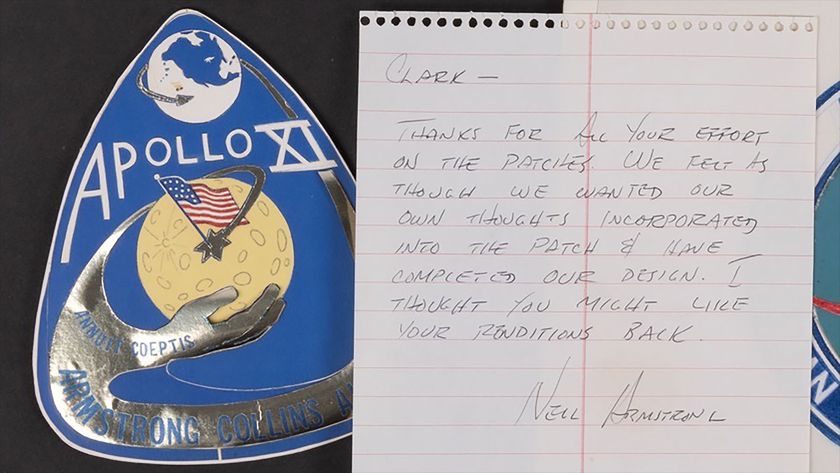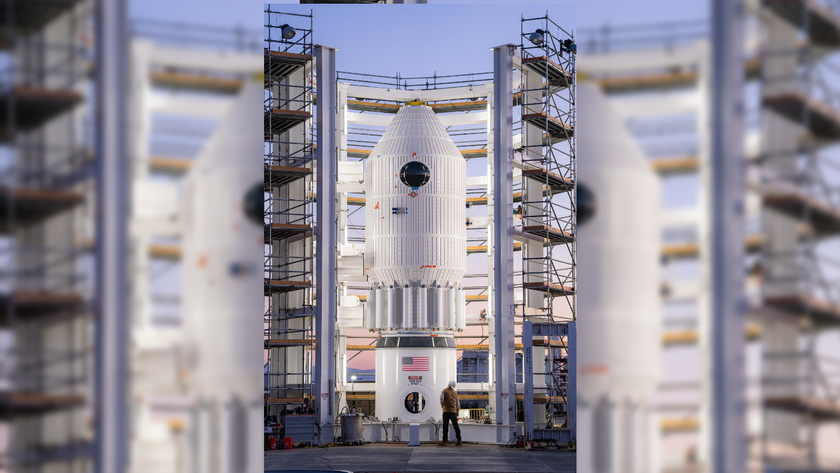Home On the Moon: How to Build a Lunar Colony (Infographic)

An outpost on the Earth’s moon has been a staple of science fiction since the 20th century. One of the earliest practical proposals was the U.S. Army’s 1959 design for a nuclear powered fortress, built to establish a military presence on the moon before the Soviet Union could do the same.
A 1961 U.S. Air Force plan called for a 21-man underground lunar base, to be built by 1968.
Current arguments for establishing a lunar colony include these potential uses:
• Resource mining (oxygen, rocket fuel, construction materials)
• Energy (solar power, helium 3 mining for nuclear fusion)
• Astronomical observations from the moon's far side
• Tourism
Sophisticated robots could prepare the landing site prior to the arrival of astronauts. 3D-printed structures could be formed from the lunar soil itself. [How to Build a Lunar Colony (Photos)]
A moon base must support its crew, either with supplies launched from Earth or by mining the resources of the moon itself.
On Earth, the daily life-support requirements for one person are:
• Oxygen: 1.85 lbs (0.84 kg)
• Drinking water: 2.64 gallons (10 liters)
• Dried food: 3.9 lbs (1.77 kg)
• Water for food: 1.06 gallons (4 liters)
In space however, the water requirements are lower:
• Oxygen: 1.85 lbs (0.84 kg)
• Drinking water: 0.43 gallons (1.6 liters)
• Dried food: 3.9 lbs (1.77 kg)
• Water for food: 0.21 gallons (0.8 liters)
The basic necessities for human life — air and water — could be derived from the lunar soil. Building materials, rocket fuel and other necessities could also be manufactured. These materials could be used by the astronauts on the moon or shot into space electromagnetically by a "mass driver."
Poll: Where Should Humans Build the 1st Space Colony?
A lunar mass driver is a miles-long electromagnetic rail gun. Packets would be accelerated to lunar escape velocity and catapulted to space colonies for capture and utilization.
One prime location for a moon base would be in the permanently shadowed deep craters near the moon's poles. These very cold locations harbor vast quantities of water ice, which could be harvested relatively easily.
- Photos: The Search for Water on the Moon
- NASA's 17 Apollo Moon Missions in Pictures
- Why Go Back To The Moon? Retracing The Last Footsteps | Video
Follow us @Spacedotcom, Facebook and Google+.
Join our Space Forums to keep talking space on the latest missions, night sky and more! And if you have a news tip, correction or comment, let us know at: community@space.com.
Get the Space.com Newsletter
Breaking space news, the latest updates on rocket launches, skywatching events and more!

Karl's association with Space.com goes back to 2000, when he was hired to produce interactive Flash graphics. From 2010 to 2016, Karl worked as an infographics specialist across all editorial properties of Purch (formerly known as TechMediaNetwork). Before joining Space.com, Karl spent 11 years at the New York headquarters of The Associated Press, creating news graphics for use around the world in newspapers and on the web. He has a degree in graphic design from Louisiana State University and now works as a freelance graphic designer in New York City.


